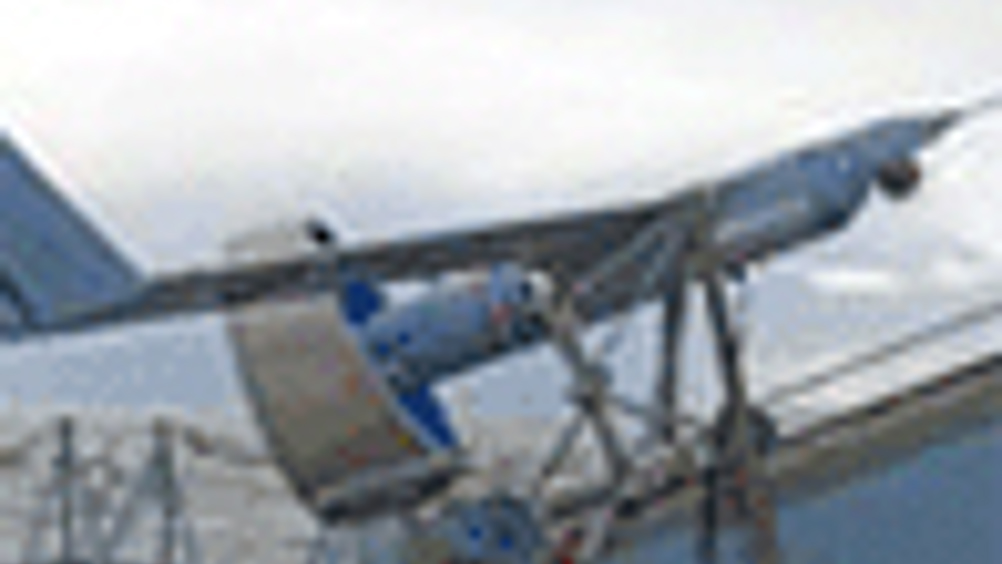Boeing demonstrates network first

Boeing and the US Air Force have demonstrated for the first time how a near-space vehicle can be used to relay real-time tactical information to ground forces.
The recent demonstration was the first in a series of experiments dubbed Project Marti. The Marti concept seeks to combine the wide-area coverage and loiter time of a near-space vehicle with the sensing ability and agility of lower-altitude unmanned air systems.
The goal is to provide information over a large geographic region, beyond the reach of a single low-altitude asset, without the need for expensive space-based assets that are often reserved for higher priority missions.
‘The challenge here is much more than just the establishment of a high-altitude communications relay,’ said Patrick Stokes, Boeing Phantom Works manager of Network-Centric Operations-related programmes. ‘It's really all about effectively bringing the power of real-time information to bear within a tactical theatre, and doing so without the need for an expensive, fixed infrastructure.’
Register now to continue reading
Thanks for visiting The Engineer. You’ve now reached your monthly limit of news stories. Register for free to unlock unlimited access to all of our news coverage, as well as premium content including opinion, in-depth features and special reports.
Benefits of registering
-
In-depth insights and coverage of key emerging trends
-
Unrestricted access to special reports throughout the year
-
Daily technology news delivered straight to your inbox










Simulations show Optimal Design for Bladeless Wind Turbines
"an 80cm mast" Really? I'm short but that's only half my height! Do they mean 800cm?